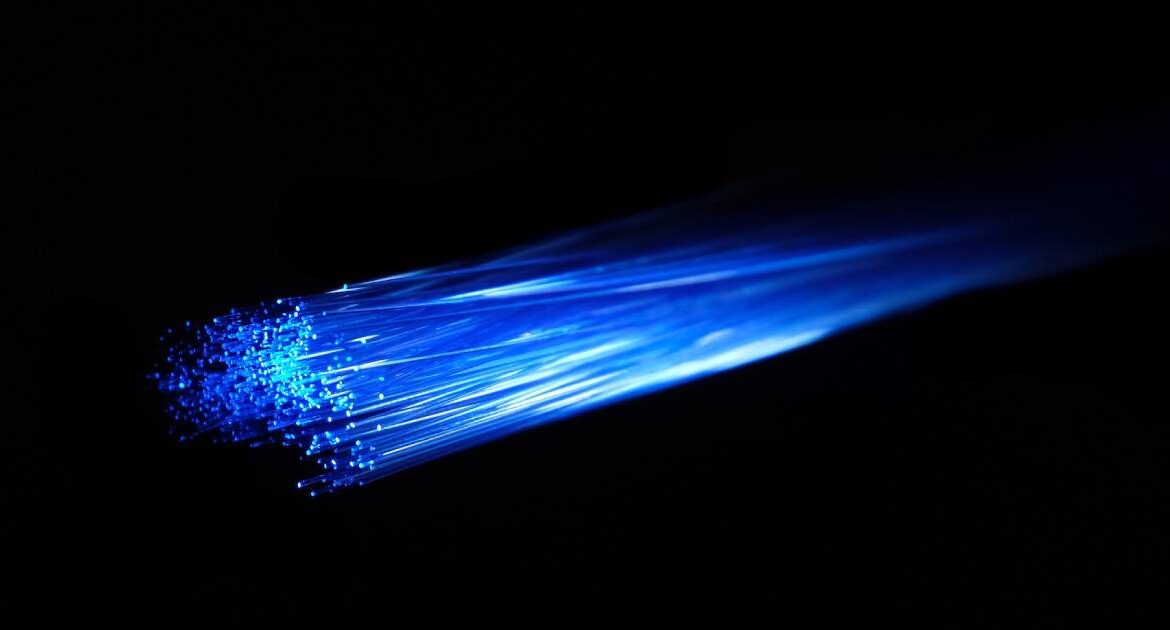What Is Attenuation in Networking?
What Is Attenuation in Networking?
Understanding Signal Loss in Wired & Wireless Connections
Attenuation in networking refers to the gradual loss of signal strength as data travels through cables or wireless connections. Whether you’re working with copper wires, fibre-optic cables, or Wi-Fi signals, attenuation can degrade network performance, cause data errors, or even drop connections altogether.
Understanding how attenuation occurs—and how to manage or reduce it—is a key skill for anyone working in IT, networking, or telecommunications.
Causes of Attenuation in Networking
Attenuation occurs due to internal and external factors that weaken the signal between two endpoints. The most common causes include:
- Long distances between endpoints
- Poor-quality or outdated cables
- Interference from electromagnetic sources
- Signal leakage due to cable damage
- Environmental conditions such as heat or humidity
Attenuation is typically measured in decibels (dB), with a higher number representing greater signal loss.
Common Types of Connections Affected by Attenuation
Attenuation can impact nearly every kind of data transmission medium:
- Copper Ethernet cables (Cat5, Cat6, Cat7)
- Fibre-optic cables (though they have lower attenuation rates)
- Coaxial cables
- Satellite and radio frequency signals
- Wi-Fi and other wireless networks
For example, your home Wi-Fi signal may be strong in the living room but significantly weaker in a bedroom across the house—this is attenuation in action.
Amplification vs Attenuation
While attenuation is the loss of signal strength, amplification is the process of boosting the signal to maintain integrity across longer distances or challenging environments.
Common Amplification Techniques:
- Repeaters: Receive a weak signal, regenerate it, and transmit it again.
- Signal boosters: Often used with Wi-Fi to improve coverage.
- Amplifiers: Used in long-distance networking to sustain strong signal transmission.
However, amplification can introduce signal noise, which may distort the data being transmitted. Balancing attenuation management and clean amplification is crucial in network design.
How to Reduce or Manage Attenuation
- Reducing attenuation involves proper planning, quality hardware, and effective network design. Here are some practical ways to minimise signal loss:
- Use high-quality cables rated for your distance and bandwidth needs
- Avoid running cables near electrical lines or equipment that may cause interference
- Implement repeaters or network switches for long-distance runs
- Upgrade to fibre-optic cabling for low-loss, high-speed transmission
- Use Wi-Fi mesh systems or signal extenders for large wireless environments
Why Attenuation Matters in Networking
If you’re troubleshooting poor network speeds, lag, or dropped connections, attenuation could be the culprit. Businesses rely on strong, stable connections for everything from VoIP calls to cloud services. Inconsistent signal strength can affect productivity, customer experience, and even cybersecurity.
Networking professionals, IT technicians, and engineers must understand attenuation to optimise networks and prevent disruptions.
Further Reading
We recommend reviewing CompTIA’s in-depth guide:
👉 What Is Attenuation? – CompTIA
Summary
Attenuation is a core concept in networking that impacts how reliably and efficiently data is transmitted. Whether you’re running an Ethernet cable across a data centre or troubleshooting a weak Wi-Fi connection, understanding how to manage signal loss is key to building high-performing networks.



